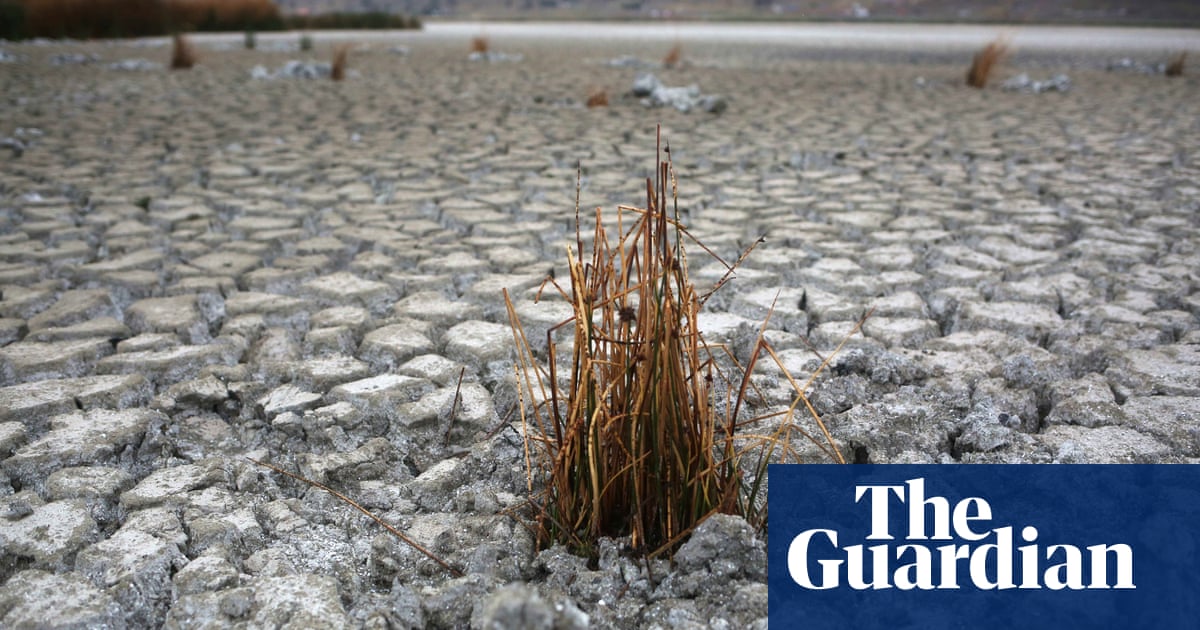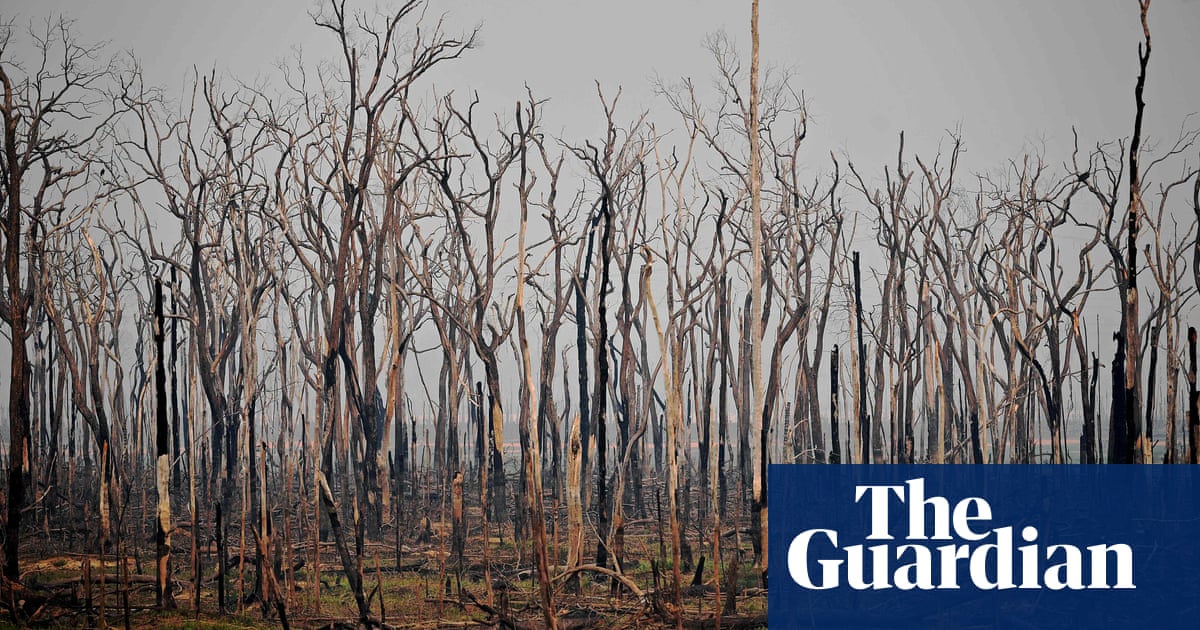
Wealthy countries most responsible for the climate emergency have so far pledged a combined total of just over $700m (£556m) to the loss and damage fund – the equivalent of less than 0.2% of the irreversible economic and non-economic losses developing countries are facing from global heating every year.
In a historic move, the loss and damage fund was agreed at the opening plenary of the first day the Cop28 summit in Dubai – a hard-won victory by developing countries that they hoped would signal a commitment by the developed, polluting nations to finally provide financial support for some of the destruction already under way.
But so far pledges have fallen far short of what is needed, with the loss and damage in developing countries estimated by one non-governmental organisation to be greater than $400bn a year – and rising. Estimates for the annual cost of the damage have varied from $100bn-$580bn.
The $100m pledge by the United Arab Emirates, the Cop28 host country, was matched by Germany – and then slightly topped by Italy and France, which both promised $108m. The US, which is historically the worst greenhouse gas emitter – and the largest producer of oil and gas this year – has so far pledged just $17.5m, while Japan, the third largest economy behind the US and China, has offered $10m.
Harjeet Singh, the head of global political strategy at Climate Action Network International, a coalition of 200 climate groups, said: “The initial pledges of $700m pale in comparison to the colossal need for funding, estimated in the hundreds of billions annually. The over 30-year delay in establishing this fund, coupled with the meagre contributions from affluent nations, particularly the US, the biggest historical polluter, signals a persistent indifference to the plight of the developing world.”
Other pledges include Denmark at $50m, Ireland and the EU both with $27m, Norway at $25m, Canada at less than $12m and Slovenia at $1.5m.
The loss and damage funds should be new and additional – and come as grants not loans, according to climate justice experts. Yet in most cases, the nature and timing of the pledged money remain unclear as few countries have released further details.
The UK’s £60m ($75m) pledge is neither new nor or additional, campaigners point out, and was taken from an existing and recently downgraded climate finance pledge.
The agreement was only a first step in establishing the loss and damage funding arrangements. Details are now being discussed within the global stocktake (GST) negotiations – which will play a major role in how or even if the world can keep the hope of limiting planet warming to 1.5C alive.
The GST is a core component of the Paris accords, a broad and detailed assessment to monitor implementation and evaluate collective progress. The outcome will be used by countries to guide and upgrade their own five-year climate plans, which is why developing countries are pushing for strong and clear guidance on how much nations need to contribute to loss and damage, as well as the phase-out of fossil fuels.
Julie-Anne Richards from the Loss and Damage Collaboration, a global network of researchers, lawyers, policymakers and activists, said: “The growing loss and damage is the clearest indication that the Paris agreement isn’t working, and countries have not been stepping up.”
The first draft text on the GST was published on Tuesday. The draft included important language on the scale of loss and damage – and connected the future need with climate mitigation and funding for adaptation. The final text will most probably come in the next few days.
Mohamed Adow, the director of the climate and energy thinktank Powershift Africa, said: “With the loss and damage fund established here it may seem like that story is over and countries can pat themselves on the back with a job well done. However, the bill for loss and damage will only increase if adaptation is not sufficiently funded and emissions are not urgently cut – they are part of the same puzzle being negotiated within the global stocktake discussions.”
“It’s like balancing scales. If rich nations invest more in adaptation and mitigation, it will keep the loss and damage costs in check,” he added.
The draft, at the moment, is very long and some climate experts have warned that details important to developing countries could get squeezed out. “The current language is good. We cannot afford to lose it,” said Singh.
Lien Vandamme, a senior campaigner at the Centre for International Environmental Law, said: “On the premise of getting the loss and damage fund up and running as soon as possible to reach communities, developed countries pushed through a flawed structure … yet the millions promised for the loss and damage fund at Cop28 are a drop in the ocean of what is needed. This speaks to the hypocrisy we’ve seen in these discussions and the limitations of treating finance for loss and damage as charity rather than an obligation.”
“Hundreds of billions of public, grants-based, new and additional money is needed, and we cannot call this loss and damage fund a success as long as this is lacking,” she added.












